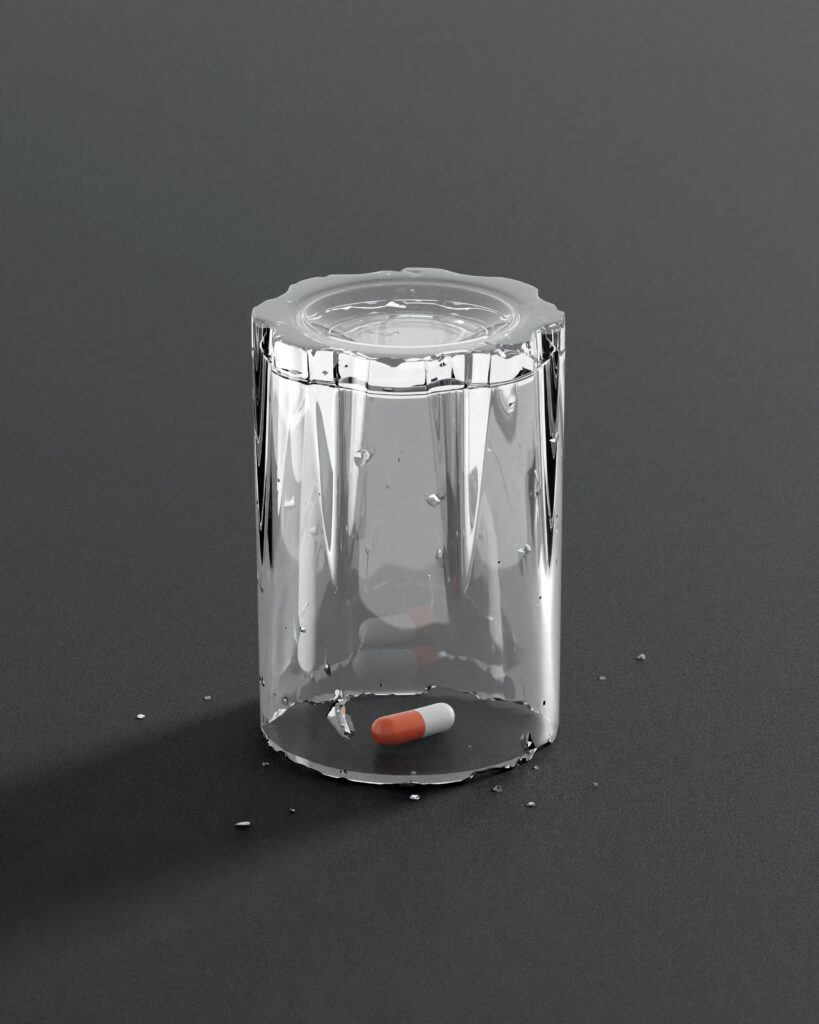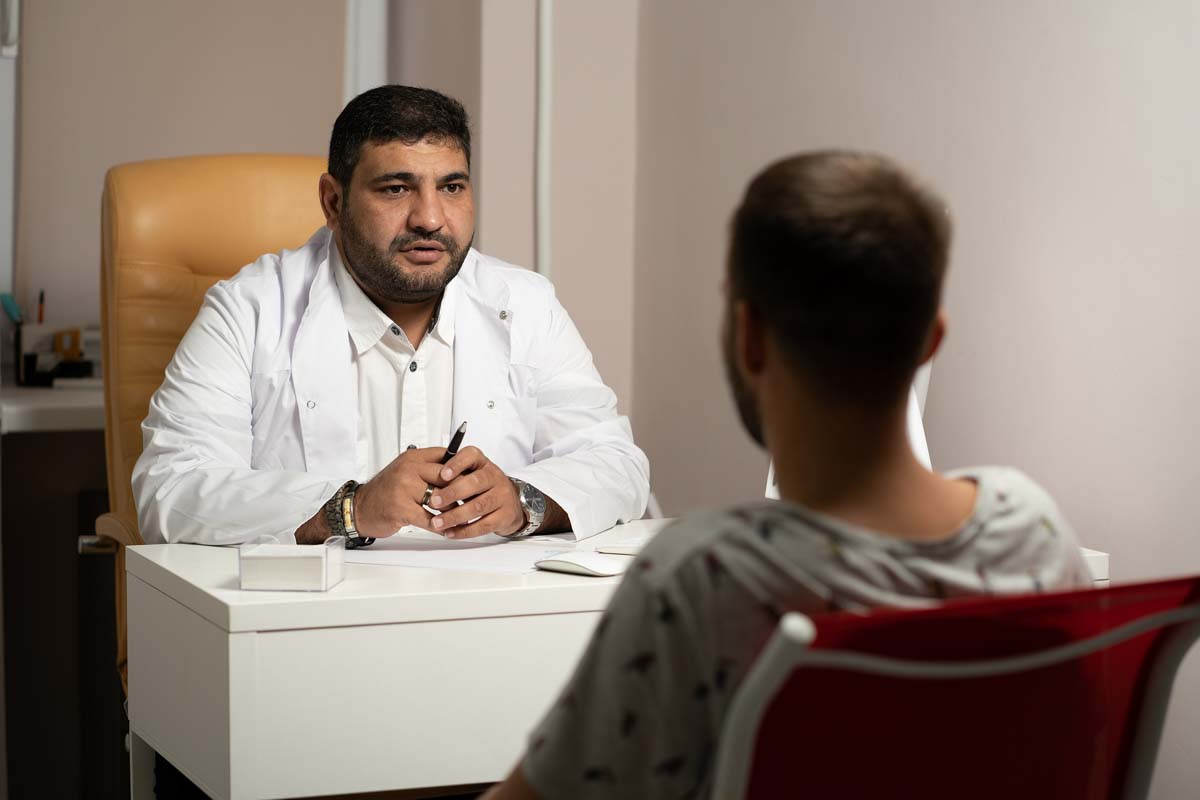
by Evolve Indy | May 1, 2023 | Blog, Educational Resource
Understanding the Different Types of Addiction Treatment: A Guide Addiction is a complex disease that impacts both the mental and physical well-being of individuals. It manifests as a compulsive need to use substances or engage in behaviors, even when faced...

by Evolve Indy | Feb 26, 2023 | Educational Resource, Alcohol Addiction, Alcohol Treatment
While valium can be helpful for those who need it, it can also be addictive if used improperly or for an extended period. This article will be beneficial for identifying valium addiction symptoms and available treatments. Understanding the signs and seeking help can...

by Evolve Indy | Feb 24, 2023 | Educational Resource, Alcohol Addiction
Chronic alcoholism is a serious issue affecting millions of people worldwide. Many have this addiction but struggle to overcome it alone. According to the World Health Organization (WHO), an estimated 3 million deaths each year are directly attributed to alcohol...

by Evolve Indy | Feb 22, 2023 | Blog, Alcohol Addiction, Drug Addiction, Educational Resource
Alcohol abuse and addiction are prevalent issues in many communities. The National Survey on Drug Use and Health (NSDUH) reveals that in 2019, an estimated 14.5 million adults aged 18 or older had Alcohol Use Disorder (AUD) in the past year. This statistic highlights...

by Evolve Indy | Apr 21, 2022 | Educational Resource, Drug Treatment
Cognitive behavioral therapy for addiction treatment is a kind of talk therapy that is based on the psychological concepts of behaviorism (the study of how behavior may be regulated or changed) and cognitive theories (which aim to learn about people’s innermost...

by Evolve Indy | Apr 3, 2022 | Educational Resource, Drug Treatment
Do you have an addiction issue and are wondering what is it like to attend rehab? If that’s the case, we’d want to put your mind at rest. When it comes to treatment, there is nothing to be frightened of. Millions of people, just like you, have finished...







